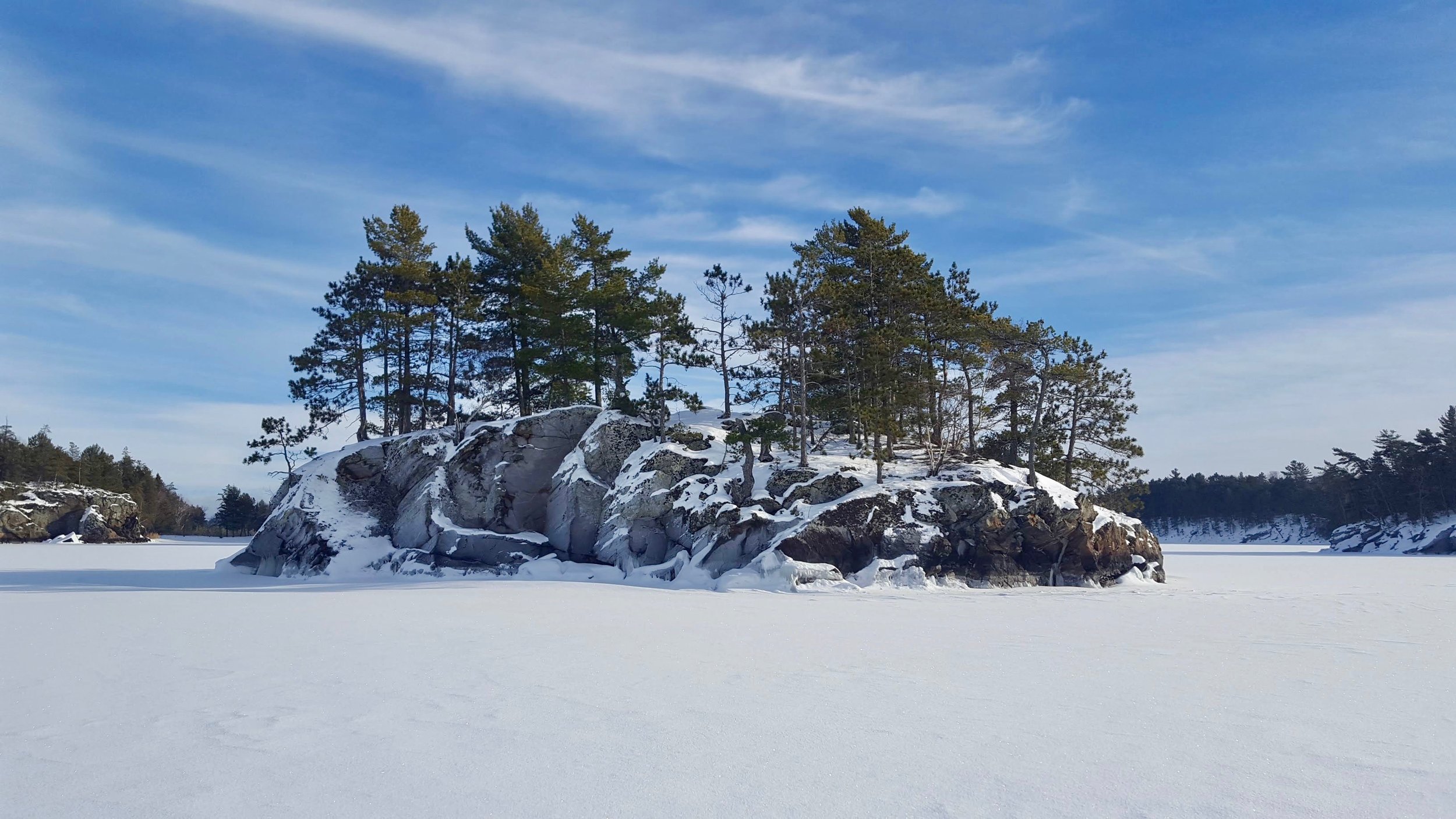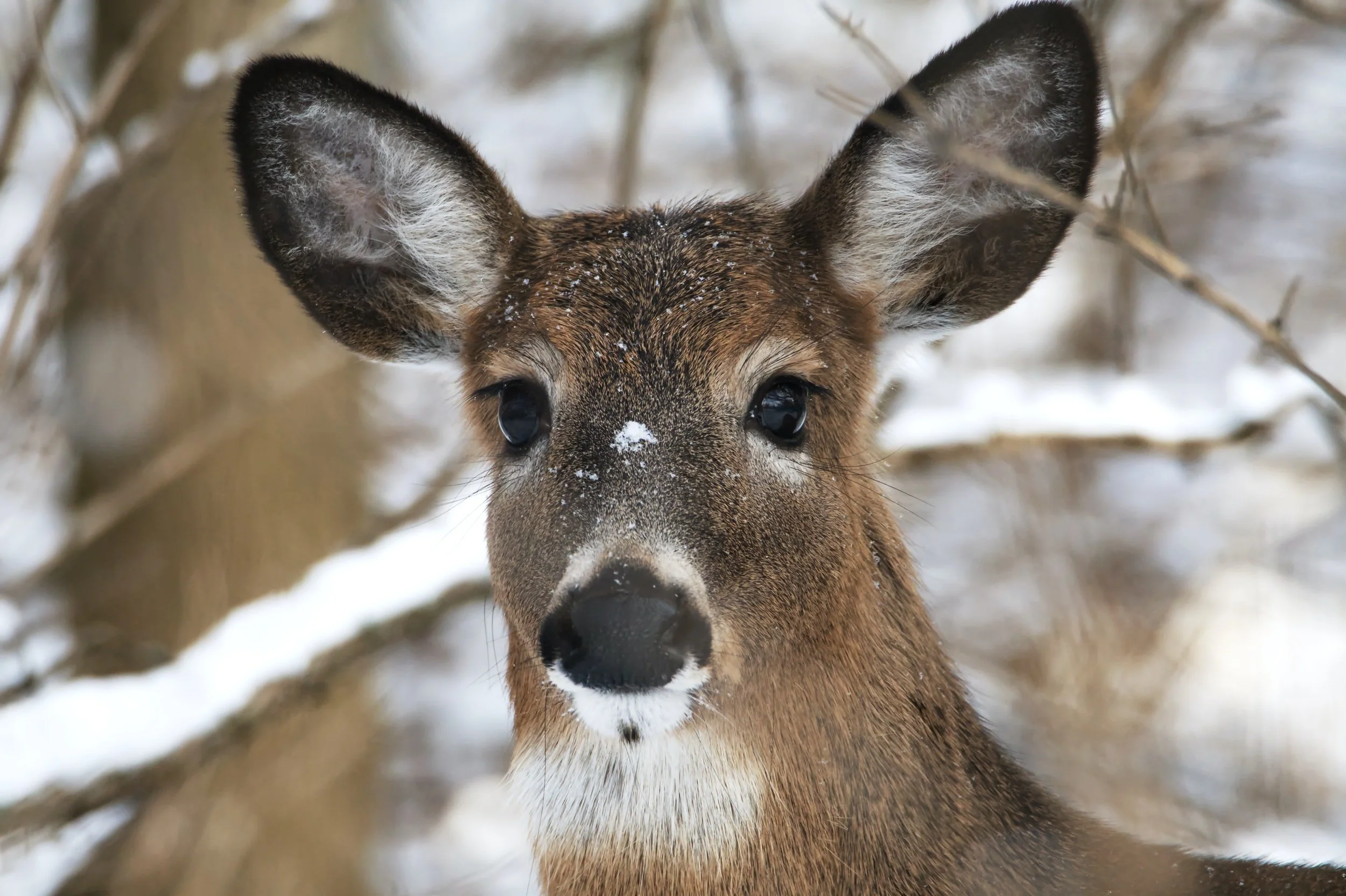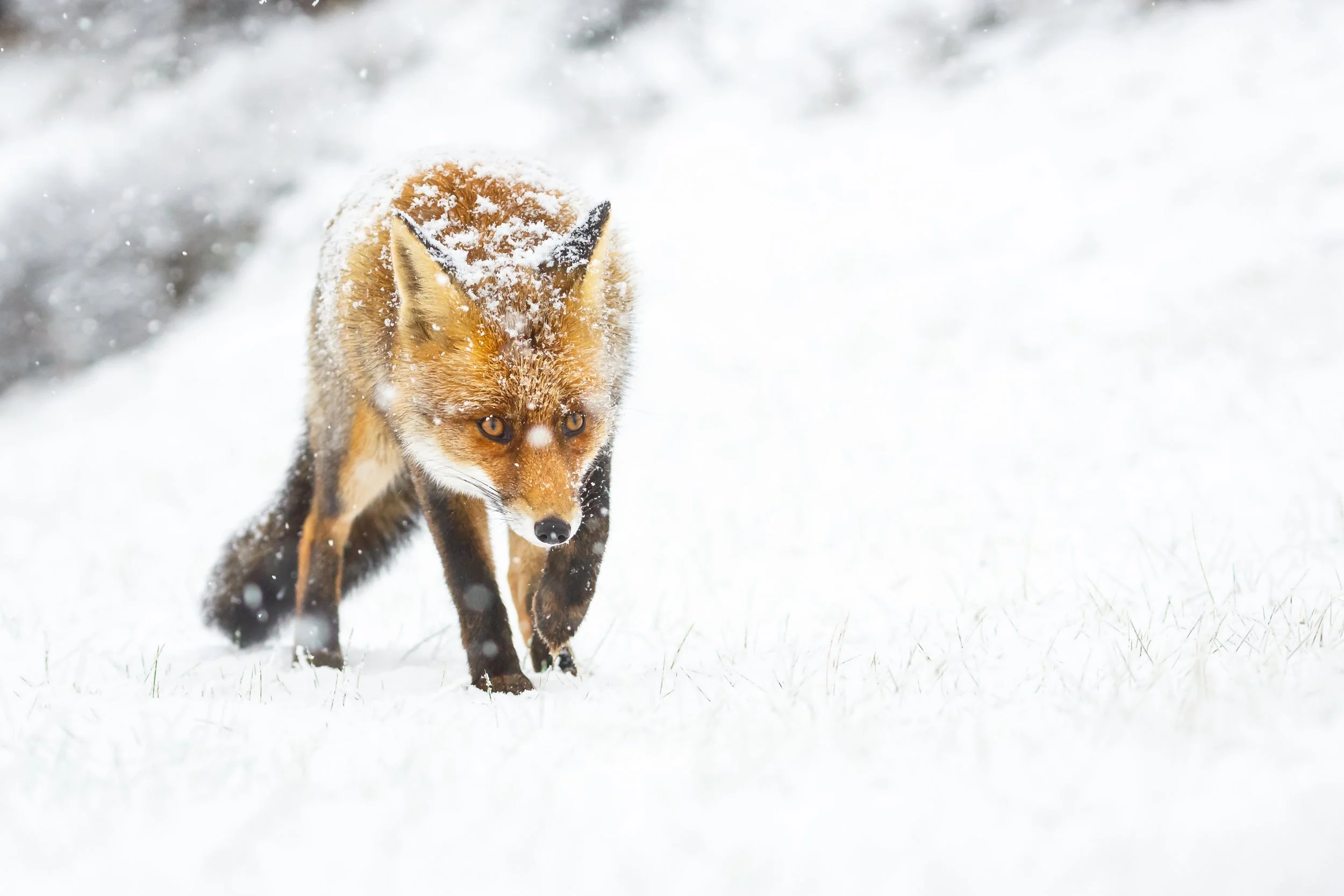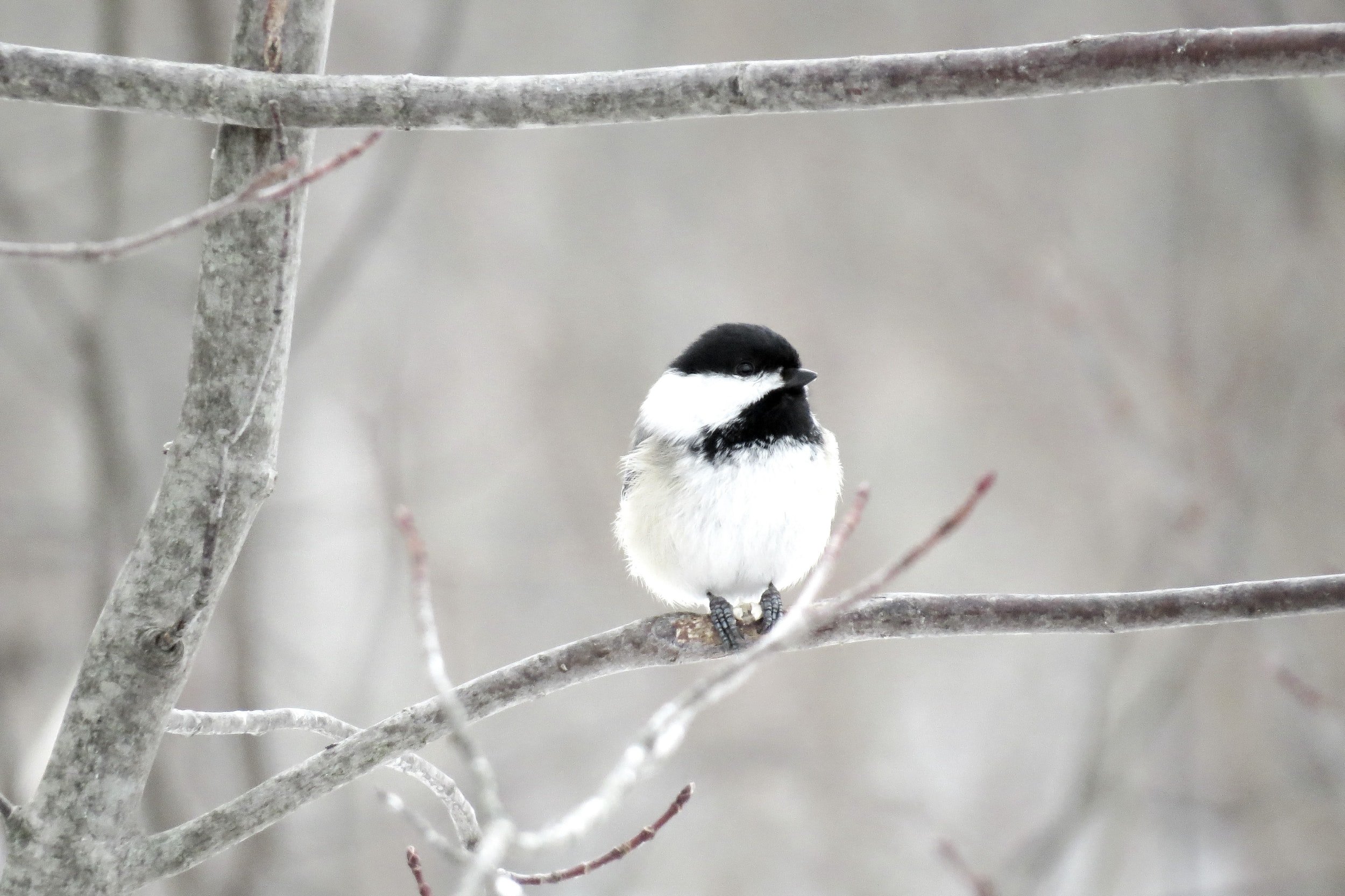Wildlife Wonders: How Animals Thrive in Winter at Voyageurs
Jeffrey Janssen
As human visitors, we are able to bundle up in jackets and mittens when we visit Voyageurs National Park in the winter, but what about the park’s fuzzy or feathered year-round residents? Voyageurs is filled with chionophiles (CHI-on-oh-files) - plants, animals, and fungi with adaptations that allow them to survive cold, harsh winters up north.
As winter settles in at Voyageurs, some animals lower their metabolisms and survive off of their bodies’ nutritional stores and low activity - think completely still hibernating bats, brumating snakes that find water on warmer winter days, or bears in torpor that can wake up mid-winter if needed. Some animals migrate to warmer temperatures, knowing that it is time to move based on decreasing temperature and sunlight. Other critters, like some insects, have short lifespans and die when the weather turns. The hardiest among Voyageurs’ residents undergo physical or behavioral changes that get them through northern Minnesota’s famously frigid winters.
White-tailed deer grow a two-layered, highly-insulating winter coat. Their outer guard hairs are hollow and trap heat from the sun, while the white fur underneath retains body heat. The lack of pigment cells in white fur leaves more space for warm air. Their skin also produces oil that makes their fur water resistant. These adaptations work together to create the deer version of a puffy jacket with a waterproof shell. This fuzzy insulation system so efficiently holds onto heat that snow can fall on a deer’s back and not melt.
Red foxes also use their winter coats to protect themselves from the bitter cold, covering their chilly noses with their fluffy tails when they curl up to sleep. Thick fur on the bottom of their paws also keeps them from losing precious body heat as they hunt for prey in the subnivean zone. As effective as a warm winter coat of fur is for surviving winter, adaptations for winter warmth are not limited to mammals.
Have you ever seen a bird all fluffed up, looking like a feathery baseball nestled in a tree? Birds use piloerection, which is similar to mammals’ goosebumps. Muscles at the base of a bird’s feathers can pull the feathers more perpendicular to their skin, creating more space to trap body heat. When a group of puffed-up birds huddle together, as chickadees and other small birds do, they are able to share body heat and stay warm on the coldest winter days.
Water birds that swim in Voyageurs’ cold waterways along their migration routes rely on a specialized network of veins that keep their featherless feet from freezing. Countercurrent heat exchange in birds’ feet means that the veins carrying warm blood down from their body to their feet are very close to the veins carrying cool blood from their feet back up to their body. These veins are so close that they share some heat as the blood is flowing, warming blood before it gets back to the bird’s body, and cooling blood before it reaches the bird’s feet. Keeping their feet cooler means birds lose less body heat to the cold water, and warmer blood flowing back into their body means less rewarming work in the bird’s body. Their scale-covered feet are also able to handle lower temperatures, as they are mostly made of tendon which requires less heat than muscle.
Countercurrent heat exchange, also known as rete mirabile (ree-tee meer-ah-beel-eh, from the Latin for ‘wonderful net’) helps birds create an efficient buffer from their outside environment. Think of a house with an enclosed front porch. The porch is kept warm by being attached to the house, but still cooled by the outside air. The porch feels cold for people leaving the house, and warm for people as they come inside, while the house itself stays protected from the cold outside air.
Even without puffy coats, heavy boots, cozy cabins, and hot chocolate, Voyageurs’ winter residents are specially adapted to handle some of the country’s most intense winters. Next time you are skiing, sledding, ice fishing, or snowmobiling in the park, be on the lookout for these critters and take note of their masterful ways of keeping warm.





